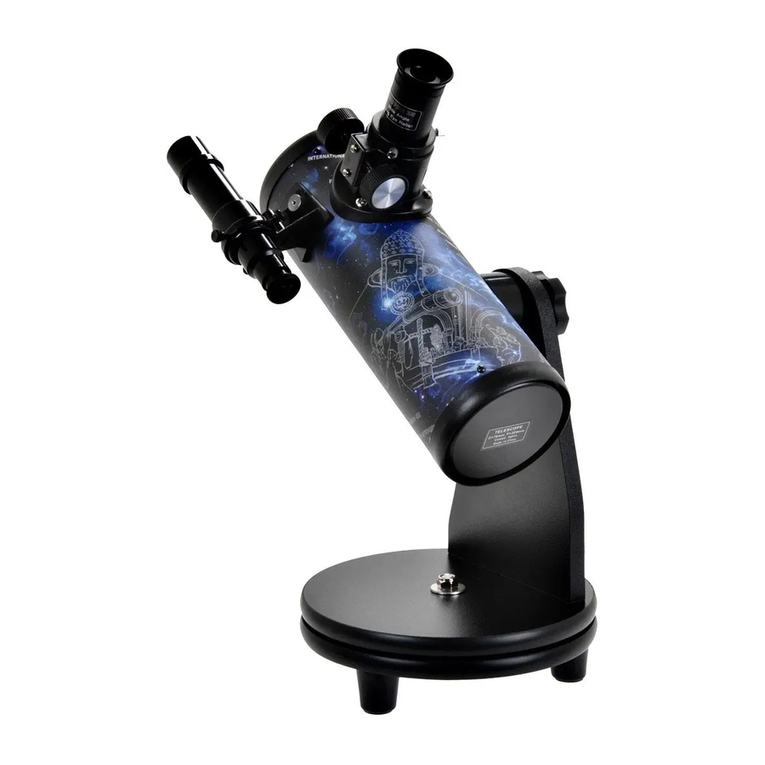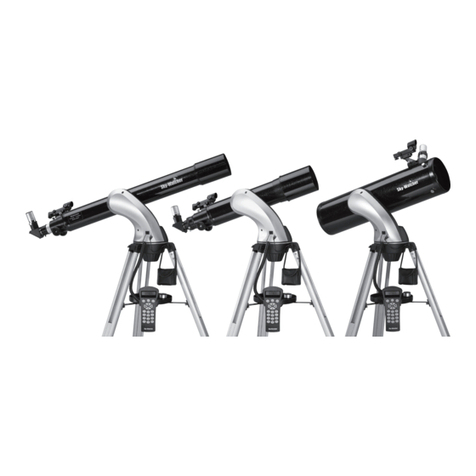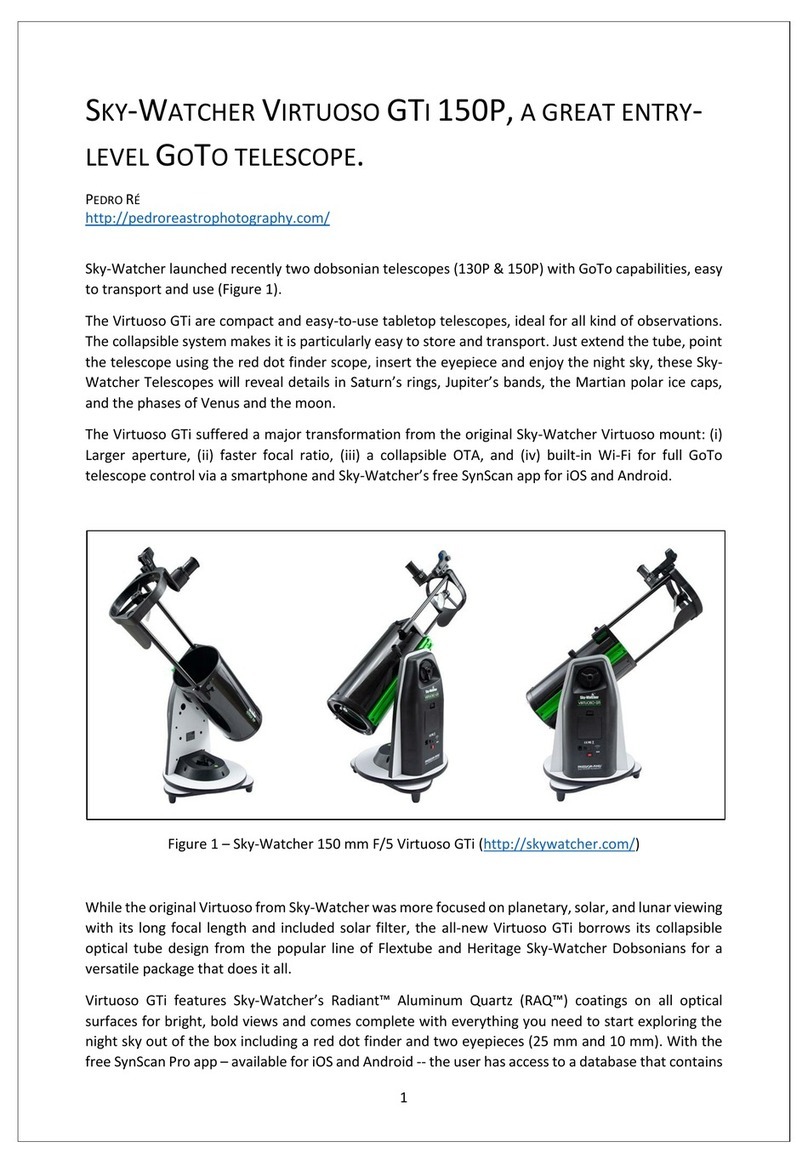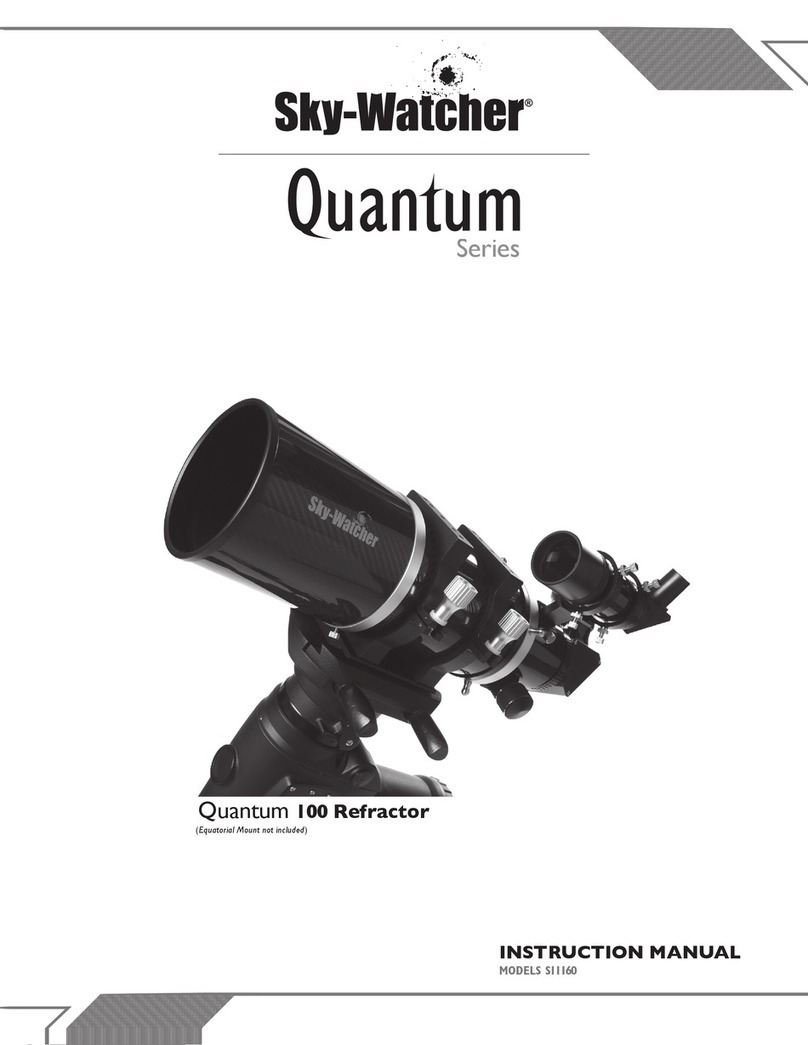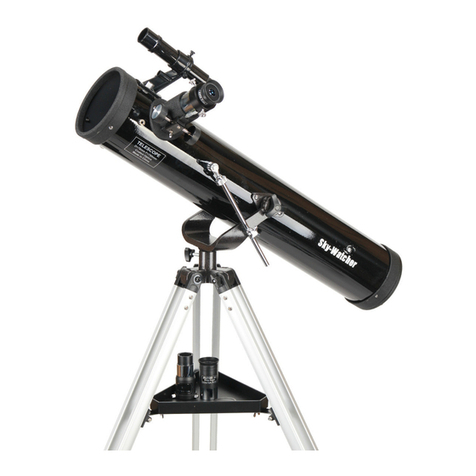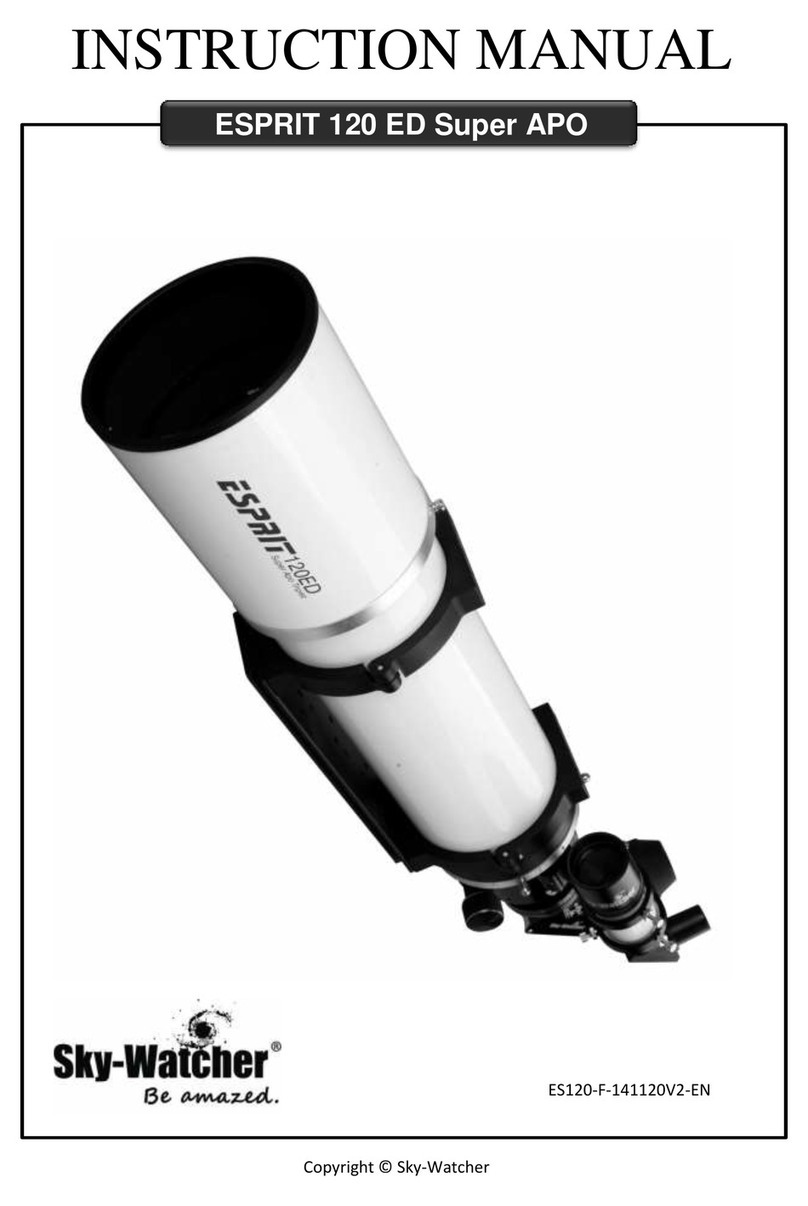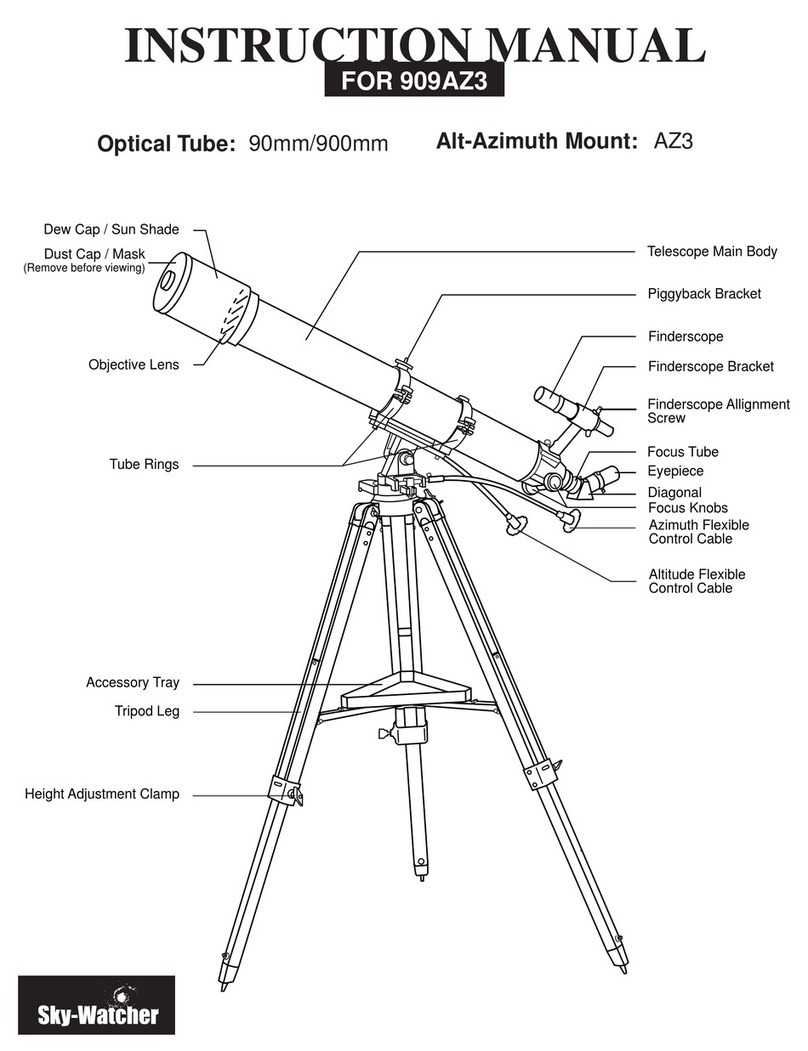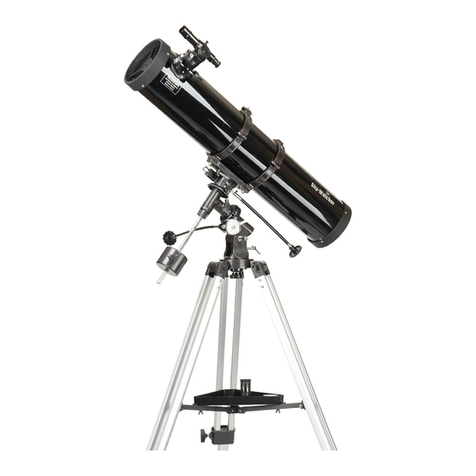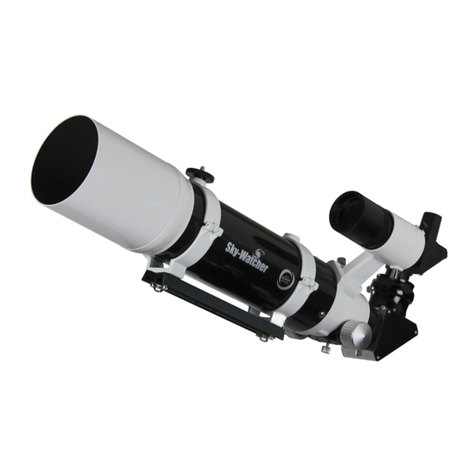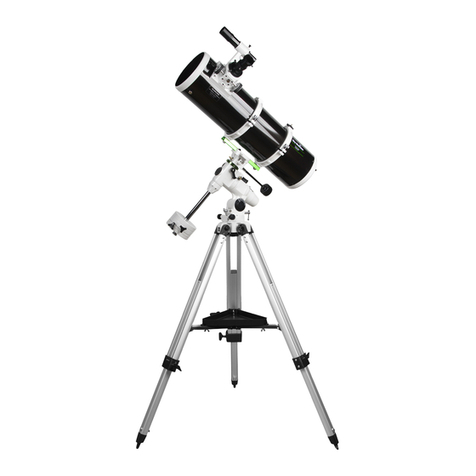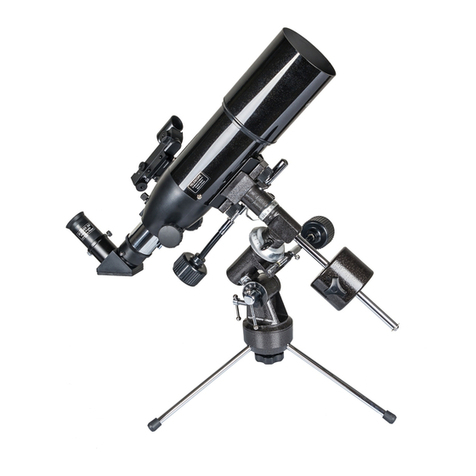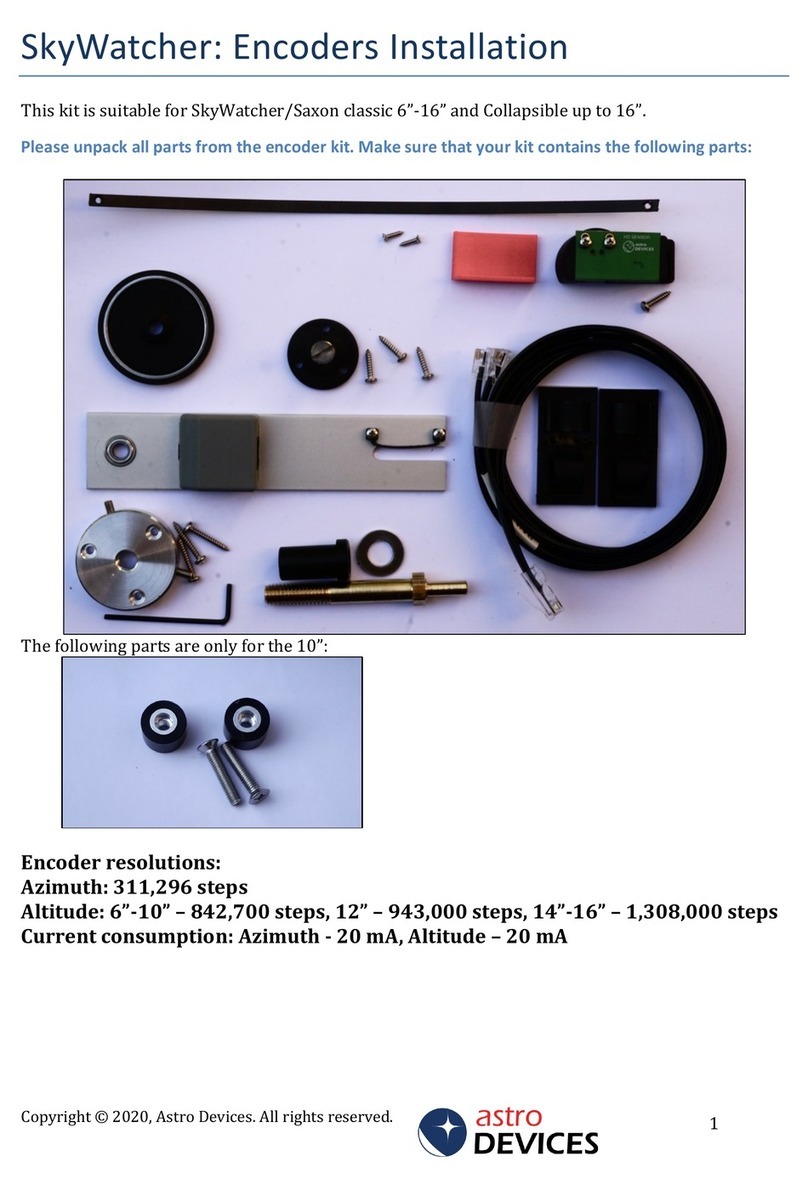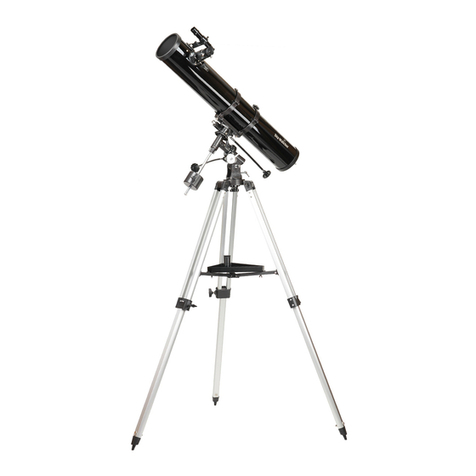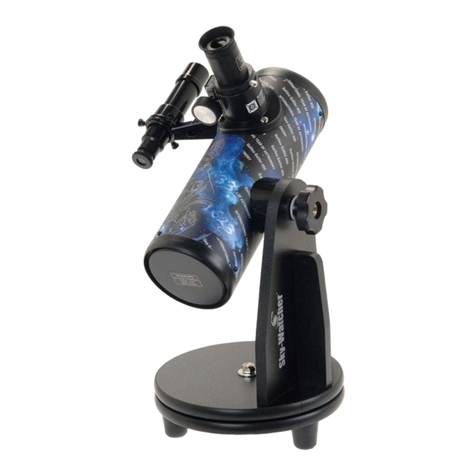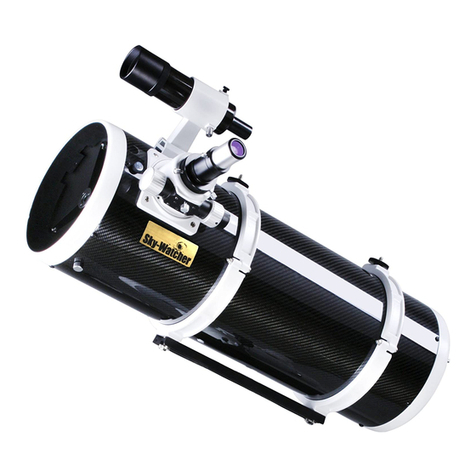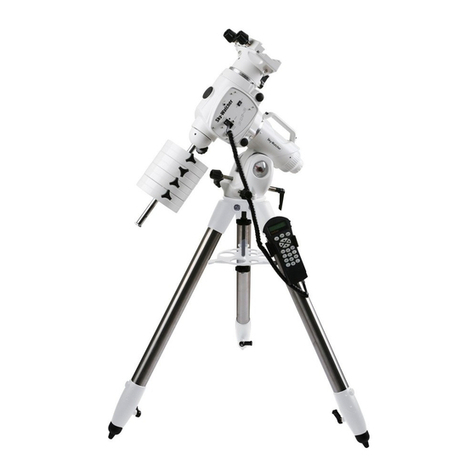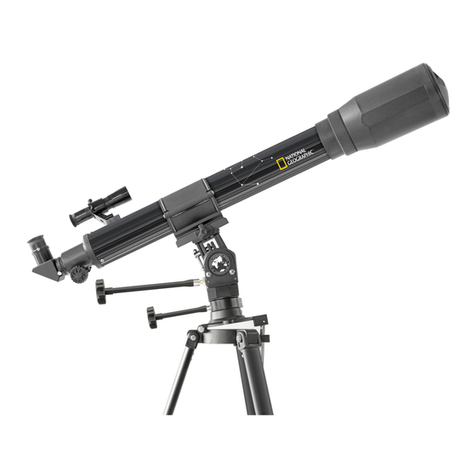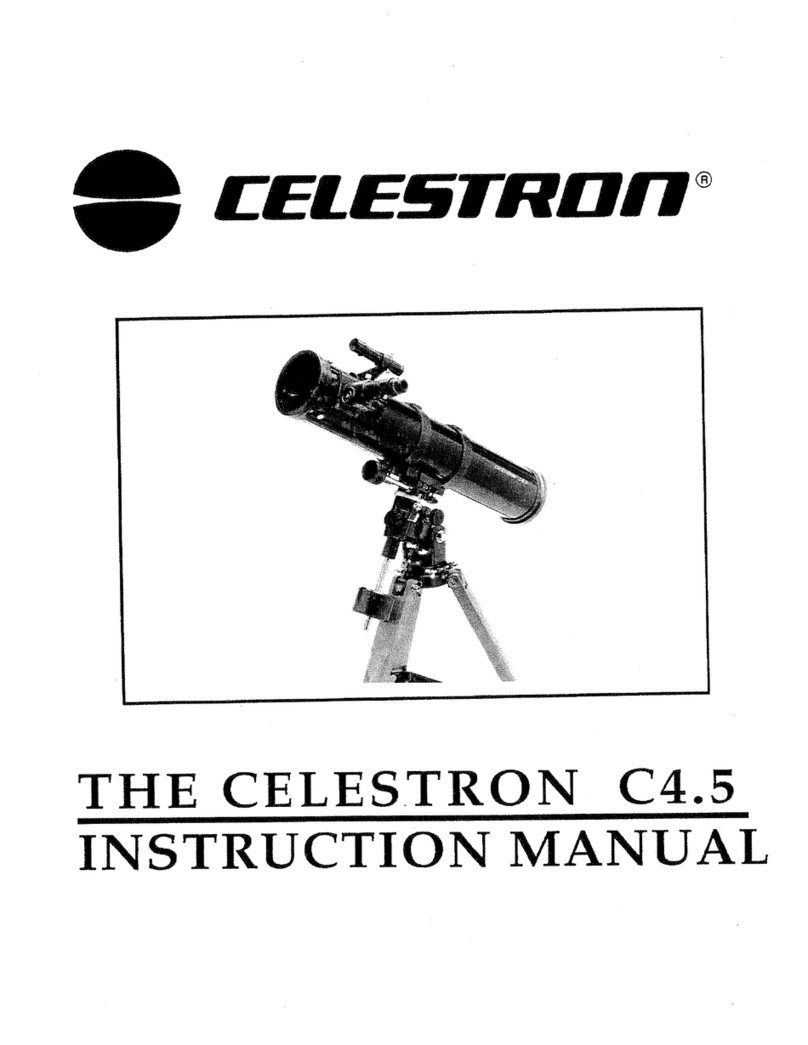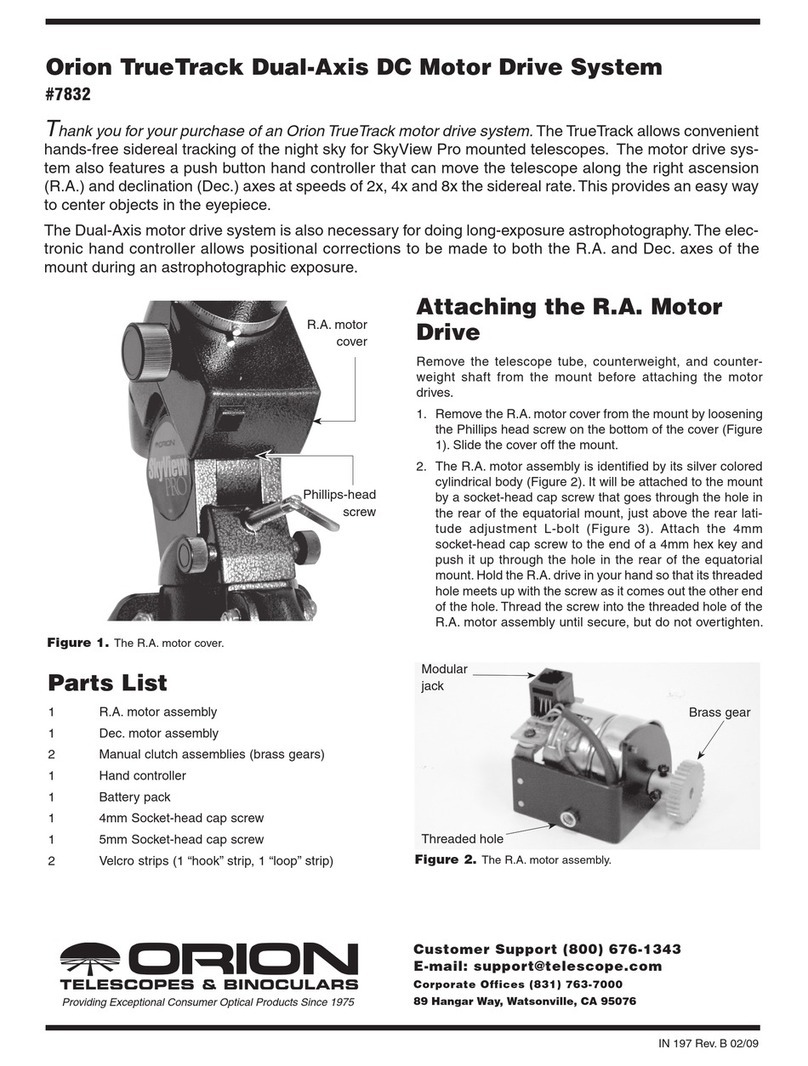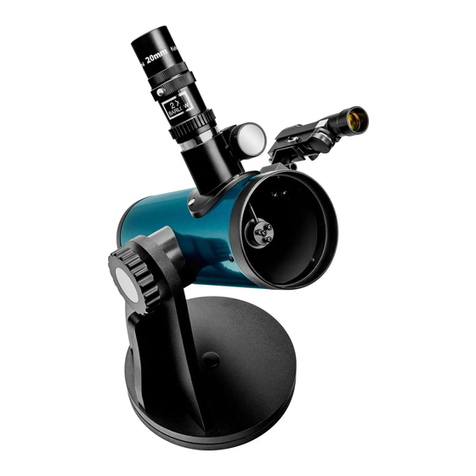
7
A
mateur Astronomy
A
strophotography
Beginner's Guide to Amateur Astronomy:
An Owner's Manual for the Night Sky by David J.
Eicher and, Michael Emmerich (Kalmbach Publishing
Co., Books Division, Waukesha, WI, 1993).
NightWatch: A Practical Guide to Viewing the
Universe by Terence Dickinson, (Firefly Books,
Willowdale, ON, Canada, 3rd edition, 1999).
Star Ware: The Amateur Astronomer's Ultimate
Guide to Choosing, Buying, and Using Telescopes
and Accessories by Philip S. Harrington (John Wiley
& Sons, New York, 1998 ).
The Backyard Astronomer's Guide by Terence
Dickinson and Alan Dyer (Firefly Books Ltd.,
Willowdale, ON, Canada, revised edition, 1994).
The Beginner's Observing Guide: An Introduction
to the Night Sky for the Novice Stargazer by Leo
Enright, (The Royal Astronomical Society of Canada,
Toronto, ON, Canada, 1999).
The Deep Sky: An Introduction by Philip S.
Harrington (Sky Publishing Corporation, Cambridge,
MA, Sky & Telescope Observer's Guides Series, ed.
Leif J. Robinson, 1997).
The Universe from Your Backyard: A Guide to
Deep Sky Objects by David J. Eicher (Kalmbach
Publishing Co., Books Division, Waukesha, WI, 1988).
Turn Left at Orion: A Hundred Night Sky
Objects to See in a Small Telescope--and how
to Find Them by Guy J. Consolmagno and Dan M.
Davis, (Cambridge University Press, New York, 3rd
edition, 2000)
A Manual Of Advanced Celestial Photography by
Brad D. Wallis and Robert W. Provin (Cambridge
University Press; New York; 1984)
Astrophotography An Introduction by H.J.P. Arnold
(Sky Publishing Corp., Cambridge, MA,Sky & Telescope
Observer's Guides Series, ed. Leif J. Robinson, 1995).
O
bservational References
M
agazines
Astrophotography for the Amateur
by Michael Covington (Cambridge University Press,
Cambridge, UK, 2nd edition,1999).
Splendors of the Universe: A Practical Guide to
Photographing the Night Sky by Terence Dickinson
and Jack Newton (Firefly Books, Willowdale, ON,
Canada, 1997)
Wide-Field Astrophotography by Robert Reeves
(Willmann-Bell, Inc., Richmond, VA, 2000).
A Field Guide to the Stars and Planets by Jay M.
Pasachoff, (Houghton Mifflin Company, 1999).
Atlas of the Moon by Antonín Rükl (Kalmbach
Publishing Co., Books Division, Waukesha, WI, 1993).
Burnham's Celestial Handbook: An Observer's
Guide to the Universe Beyond the Solar System
by Robert Burnham (Dover Publications, New York;
3- volume set, 1978).
Observer's Handbook by The Royal Astronomical
Society of Canada, (University of Toronto Press,
Toronto, ON, Canada, published annually).
Sky Atlas 2000.0 by Wil Tirion and Roger W. Sinnott
(Sky Publishing Corp., Cambridge, MA, 2nd edition,
1998)
Astronomy Magazine (Kalmbach Publishing Co.,
Waukesha, WI)
Sky & Telescope Magazine (Sky Publishing Corp.,
Cambridge, MA)
SkyNews Magazine: The Canadian Magazine
of Astronomy & Stargazing (SkyNews Inc., Yarker,
ON, Canada)
SUGGESTED READING

